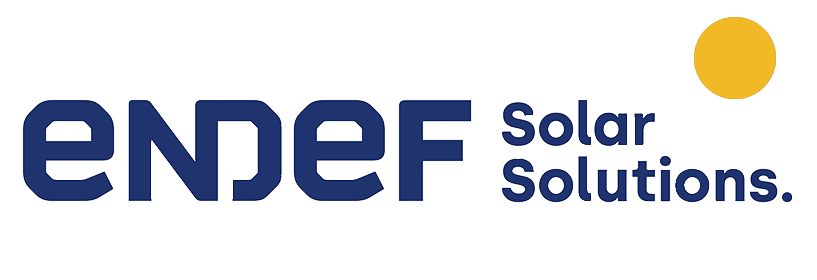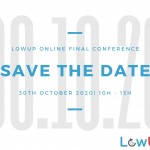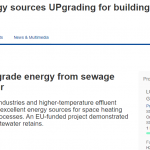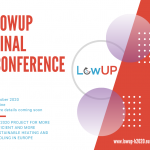Experimental study of Phase Change Material influence on different models of Photovoltaic-Thermal collectors
Highlights
- Experimental evaluation photovoltaic-thermal performance on different models.
- Analysis of phase change material effect on the energy performance.
- Different PVT configurations are considered and compared with a commercial model.
- PCM provoked the reallocation of the heat generation, reaching to 30% of max. level.
- Thermal and electrical performance were obtained for each prototype tested.
Abstract
In this work we evaluate the experimental behaviour of several photovoltaic-thermal panels (PVT) and its energy performance after adding a layer of phase change material (PCM) inside the panel. In order to assess the energy dependency with the heat absorber, different materials and geometries have been considered, whose results were compared to a traditional sheet-and-tube copper absorber. Glazed and unglazed configurations were also explored in each model.
PVT panels were exposed to exposed to the sun during the hours of maximum irradiance and subjected to different working conditions to properly evaluate their thermal performance. Results showed a slightly variation in the electrical generation but a great difference in the thermal performance between glazed and unglazed configuration. Regarding the heat absorber, higher thermal performance was found in the aluminum configuration rather than the polymeric case, but similar production with regard to the electrical generation. Attending to the PCM, results did not show a significant thermal improvement but a better distribution of the heat production, reaching to generate up to 30% of maximum thermal power after removing sun exposure.
Although further works are needed to analyze the long-term effect of the PCM on photovoltaic-thermal units, this study provides experimental information of the PCM and its real performance when working with different heat absorber units.
Comments are closed.








 The LowUP project has received funding from the European Union’s Horizon 2020 Research and Innovation Program under Grant Agreement n°723930.
The LowUP project has received funding from the European Union’s Horizon 2020 Research and Innovation Program under Grant Agreement n°723930.